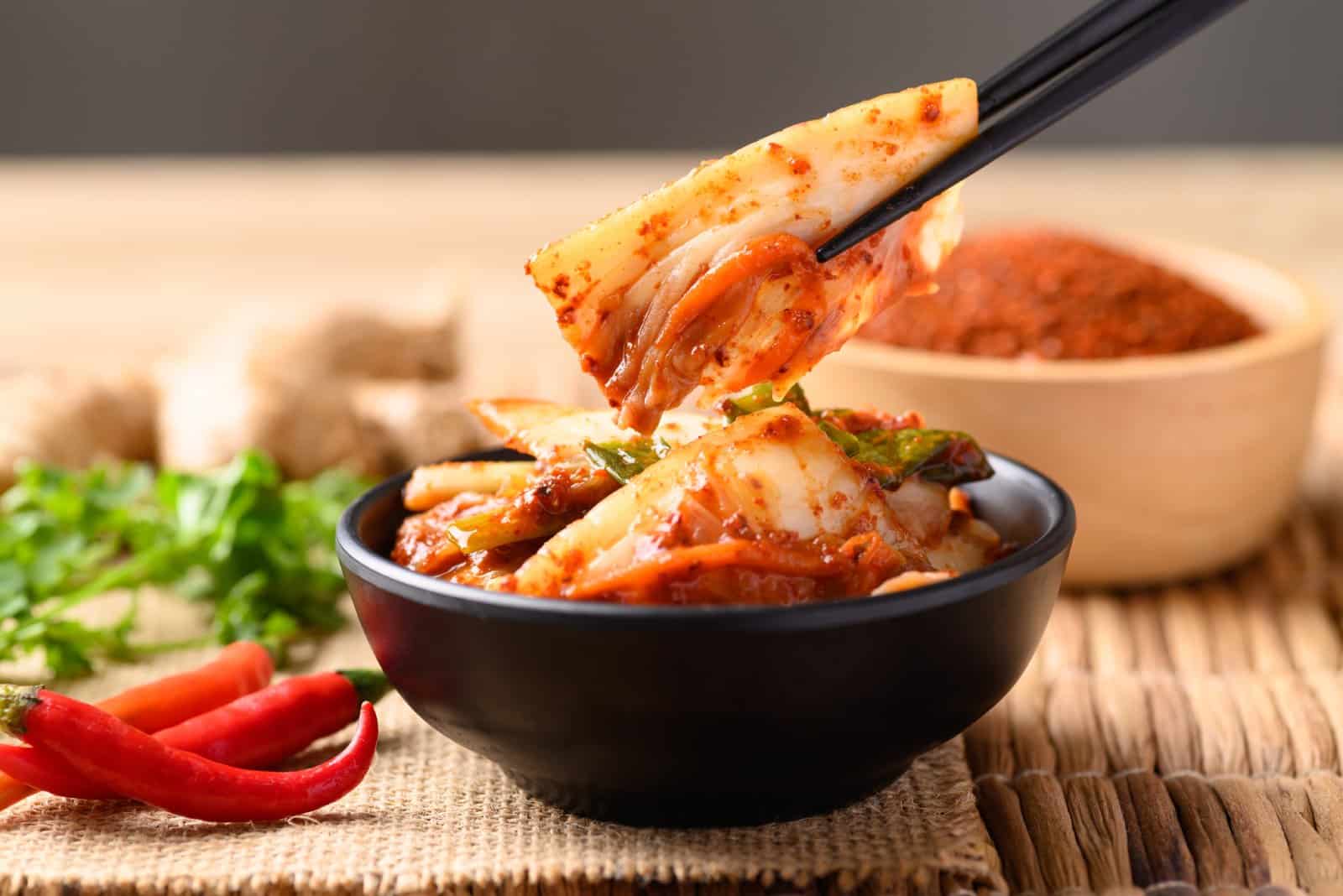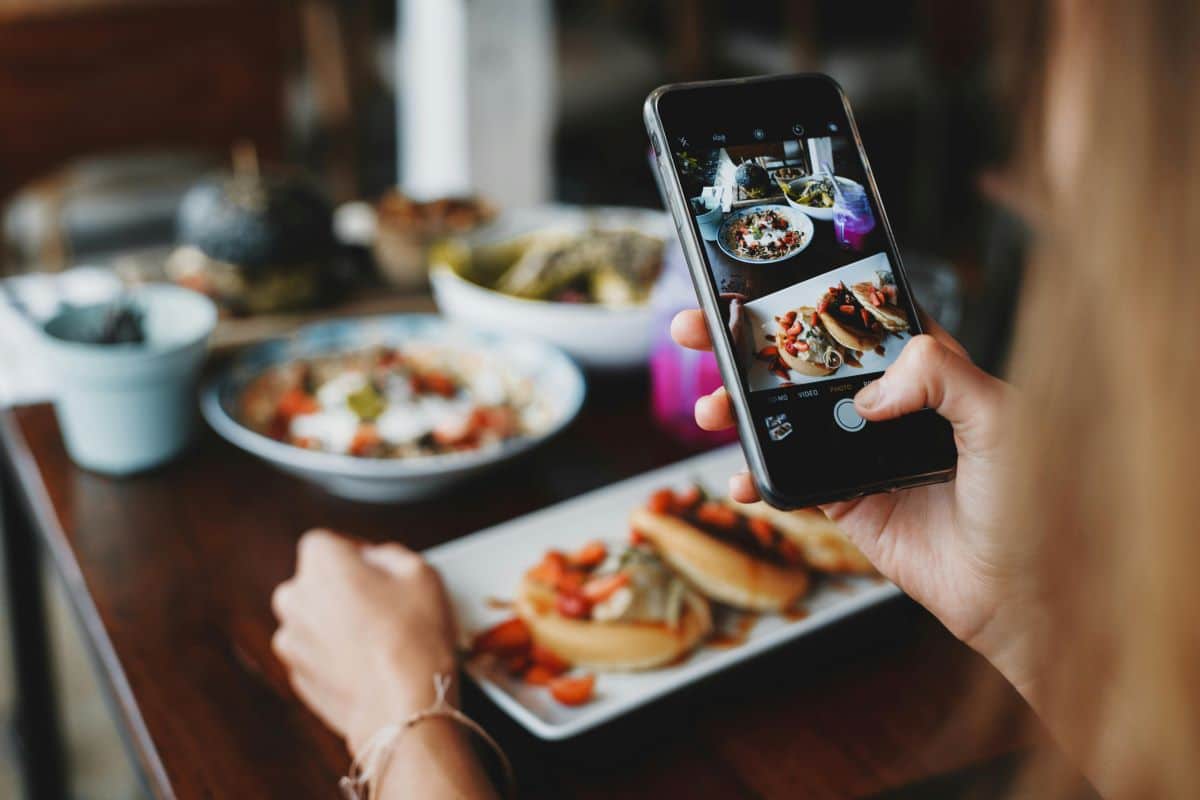Mastering food photography on your travels is about capturing the essence and culture of the places you visit through their culinary delights. It’s a way to tell stories, preserve memories, and share experiences. Whether you’re dining in a Michelin-starred restaurant, exploring street food markets, or enjoying a simple meal with locals, each photograph can convey the flavor and atmosphere of the moment. With guidance from Esther Ling, a renowned food photographer known for bringing dishes to life through her lens, this guide will equip you with the skills and insights needed to take your food photography to the next level during your travels.
The Importance of Food Photography

Food photography is an art form that communicates culture, evokes emotions, and tells stories. This genre of photography plays a crucial role in various industries, including advertising, publishing, and social media, where compelling images can significantly influence consumer behavior and perceptions. For restaurants and chefs, food photography is essential for showcasing their culinary creations, attracting customers, and building a brand identity. Social media serves as a medium for sharing experiences, inspiring culinary exploration, and fostering community among food enthusiasts. Beyond its commercial and social applications, food photography is a form of artistic expression, allowing photographers to explore creativity through composition, lighting, and styling and to capture the beauty and complexity of food as a subject.
The Master of Food Photography, Esther Ling

Esther Ling is a professional photographer specializing in food photography, known for her intuitive and spontaneous approach. Born in South Korea and adopted by an English family at the age of two, Esther has established her life and career in Suffolk, where she resides with her husband. Her style is characterized by its informality and naturalistic perspective, setting her work apart in the field of food photography.
Esther’s methodology emphasizes capturing food in its most genuine state, avoiding overly staged or manipulated compositions. She operates discreetly, utilizing her instincts to guide the photographic process, which allows her to produce images that are both aesthetically pleasing and rich in authenticity. This approach has garnered her recognition for capturing the essence of food and the moments surrounding its preparation and enjoyment.
Her portfolio reflects a commitment to showcasing food as an integral part of daily life, highlighting its role in family gatherings, traditions, and personal moments. Esther Ling Photography is distinguished by its focus on the beauty of natural light and the genuine interactions people have with food, offering a fresh perspective in a domain often dominated by highly polished imagery. Through her work, Esther aims to remind viewers of the simple pleasures and shared joy that food can bring.
As a Panasonic Ambassador, Esther contributed to the brand through various avenues, including food photography, product imagery for women’s beauty, men’s grooming, and kitchen appliances. This role encompassed both the culinary and session styling for shoots. Additionally, Esther spearheaded the annual traveling roadshows for Panasonic, conducting photography workshops across the country. Furthermore, Esther has produced exemplary images for Waldorf Astoria and Hilton in the Maldives, enhancing their visual representation with her expertise.
1. Understand Natural Light

Natural light is a powerful tool in food photography. It can highlight the food’s textures, colors, and details, making it look more appetizing. When dining out or cooking, position your dish near a window or open space with abundant natural light. Morning and late afternoon light tend to be softer and more flattering.
Insider’s Tip: Avoid direct sunlight, as it can create harsh shadows and overexpose parts of your image. A cloudy day or a shaded area can provide a soft, diffused light that is perfect for food photography. If the light is too harsh diffuse by taping some muslin to the window, you don’t need to spend a fortune on expensive kit.
2. Composition and Framing

The composition of your shot can greatly impact the appeal of your food photographs. Utilize the rule of thirds to create balance, or center your dish for a more symmetrical look. Experiment with different angles—flatlay (birds eye) for a neat, organized layout of dishes, or side views for foods with layers and height.
Insider’s Tip: Use negative space to your advantage. A bit of empty space around your dish can make it stand out more and give your photo a clean, uncluttered look. Creating a S shape in flatlay compositions works well.
3. Focus on Details

Capturing the details can make food photography more engaging. Zoom in or get closer to highlight textures, ingredients, and the freshness of the dish. The glisten of a sauce, the steam rising from hot food, or the intricate details of a garnish can all add depth to your photos.
Insider’s Tip: Use a shallow depth of field (a wide aperture) to blur the background and make the food the focal point of your photo, this focuses the viewers eye on the hero of the shot.
4. Colour and Contrast

Colours play a crucial role in making food look appetizing. Use contrasting colors to make your dishes pop. A colorful plate can complement a simple, neutral background, while vibrant table settings can enhance the visual appeal of more monochromatic dishes.
Insider’s Tip: Incorporate elements like colourful napkins, unique cutlery, or fresh ingredients around the plate to add contrast and interest without overwhelming the main subject. Add textures to give the image subtle interest.
5. Tell a Story

Food photography is about the dish and the story it tells. Whether it’s the bustling atmosphere of a street food market, the elegance of a fine dining experience, or the warmth of a home-cooked meal, try to capture elements that convey the mood and context.
Insider’s Tip: Include human elements, such as hands holding a utensil or preparing food, to add a personal touch and convey the experience of enjoying the meal. Movement can also really add atmosphere to the image.
6. Engaging with Local Cuisine

Engaging with local cuisine offers an opportunity to explore regional flavours and traditions, which can add authenticity and intrigue to your food photography. Esther encourages travellers to venture beyond tourist hotspots and seek out local eateries, markets and street food vendors. Capturing the preparation and enjoyment of local dishes can provide a more immersive and engaging narrative.
Insider’s Tip: Esther suggests watching and photographing local chefs and vendors at work, capturing their expertise and the care they put into their craft, which adds a dynamic layer to your food stories. A wide angle lens includes more of the scene and creates drama in the image.
6. Editing and Post-Processing

Post-processing can enhance your food photographs, making colors more vibrant and details sharper. Use photo editing apps to adjust brightness, contrast, saturation, and sharpness to bring out the best in your images. Elevate your images seamlessly using online pic editors. Fine-tune luminosity, disparity, vibrancy, and clarity to unveil their full potential effortlessly.
Insider’s Tip: Be cautious not to over-edit. The goal is to make the food look appealing and natural, not artificial.
7. Practice and Experiment

Like any skill, mastering food photography takes practice. Experiment with different styles, settings, and techniques to find what works best for you and the story you want to tell with your images.
Insider’s Tip: Don’t be afraid to take multiple shots from various angles and with different settings. The more you practice, the better you’ll become at spotting and capturing the perfect food moments.
Top Tips to Enhance Your Food Photography

Here are 15 top tips to elevate your food photography, whether you’re a beginner or looking to refine your skills:
Understand the Direction of Light: Notice how light falls on the food. Lighting, be it side, back, soft, or harsh, can create various effects to give drama, contrast, or highlight the shot.
Experiment with Angles: Different dishes benefit from different angles. Overhead shots work well for flat dishes or to showcase a table spread, while a 45-degree or side angle is excellent for showing off layers and height.
Mind the Background: Keep the background simple and uncluttered. Use neutral colors and textures to ensure the food remains the focal point.
Incorporate Human Elements: Adding a human element, like a hand holding a fork or spoon, can add life to your photo and make the scene more relatable.
Use Props Sparingly: Props should complement the food, not distract from it. Choose utensils, napkins, and tableware that enhance the mood you’re trying to convey.
Focus on Freshness: Use fresh ingredients and capture the food at its best. The vibrancy of fresh produce can significantly enhance the appeal of your photo.
Play with Textures and Layers: Highlighting textures and layers can add depth to your photos. Crisp edges, steam, or the gloss of a sauce can all contribute to a more enticing image.
Consider Composition: Apply the rule of thirds or use framing and leading lines to create a balanced composition. Don’t be afraid to fill the frame with the food.
Adjust White Balance: Correct white balance is crucial for making food appealing. Adjust it according to your light source to avoid color casts that make the food look unappealing.
Capture the Process: Photos of the cooking process or ingredients can tell a story and add interest to your food photography portfolio.
Pay Attention to Detail: Small adjustments can make a big difference. Straighten lines, wipe smudges, and arrange elements neatly to create a polished final image.
Learn from Others: Study food photos you admire to understand what makes them effective. Try to replicate the techniques and then adapt them to develop your own style.
The Bottom Line

Food photography on your travels is a rewarding way to document and share your culinary experiences. By focusing on natural light, composition, details, color, storytelling, and post-processing, you can create stunning images that evoke the flavors and emotions of your journey. Remember, the most important ingredient in food photography is your own creativity and perspective.
Timeless Taste: 20 Boomer Superfoods That Are Making a Comeback

Discover the forgotten superfoods of the boomer generation! From liver to sardines, these nutritional powerhouses are making a comeback. Join us as we rediscover these classic ingredients and their health benefits. Let’s dive into the world of boomer superfoods together! Timeless Taste: 20 Boomer Superfoods That Are Making a Comeback
21 Everyday Grocery Items That Are Loaded With Chemicals

Grocery shopping can seem like a science experiment, with many products packed with artificial additives instead of nutrients. While convenient and tempting, have you considered what’s really in these items? 21 Everyday Grocery Items That Are Loaded With Chemicals
18 Must-Eat Foods for a Longer Life

In the quest for a longer life, certain foods can make a big difference. From everyday staples to exotic finds, these options span various budgets and might surprise you. Who knew the secret to longevity could be right in your pantry or at the grocery store? 18 Must-Eat Foods for a Longer Life
22 Cheap Foods Only Americans Love

In America, where creativity knows no bounds in the kitchen, some foods are both cheap and uniquely American, raising eyebrows in curiosity. Let’s explore these budget-friendly eats that have become staples in the American diet, for better or worse. 22 Cheap Foods Only Americans Love
20 Places Where You Can Enjoy an Old-Fashioned Life

Escape to places where time stands still and tradition thrives! From cozy American towns to serene countryside getaways worldwide, these destinations offer a break from the chaos of modern life. Whether you’re seeking a simpler lifestyle or a nostalgic retreat, these spots promise affordability and undeniable charm. 20 Places Where You Can Enjoy an Old-Fashioned Life
The post Clicking Your Way to Culinary: Capturing Food With Esther Ling first appeared on elpasoNY.com.
Featured Image Credit: Pexels / ROMAN ODINTSOV.
For transparency, this content was partly developed with AI assistance and carefully curated by an experienced editor to be informative and ensure accuracy.

